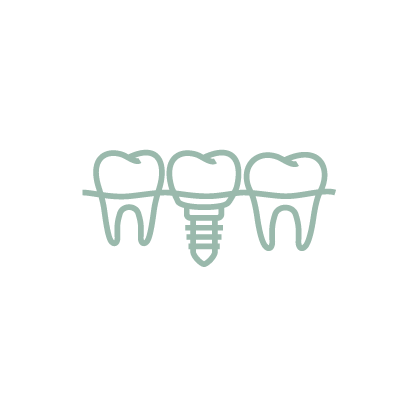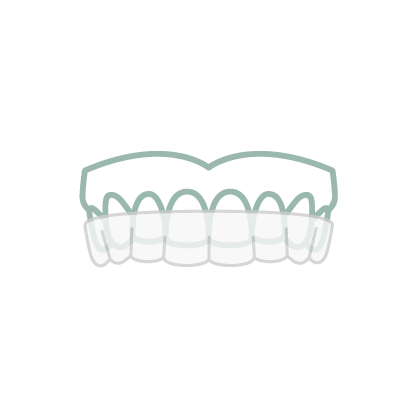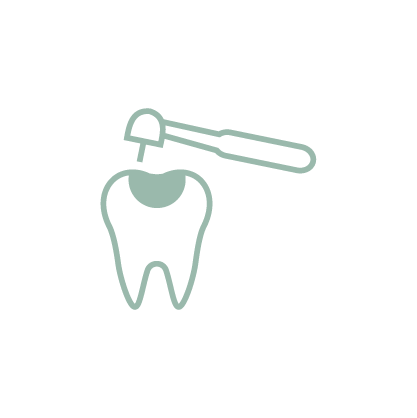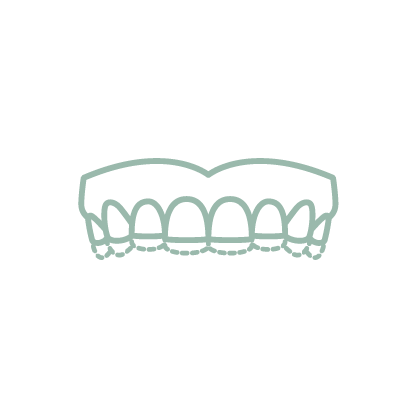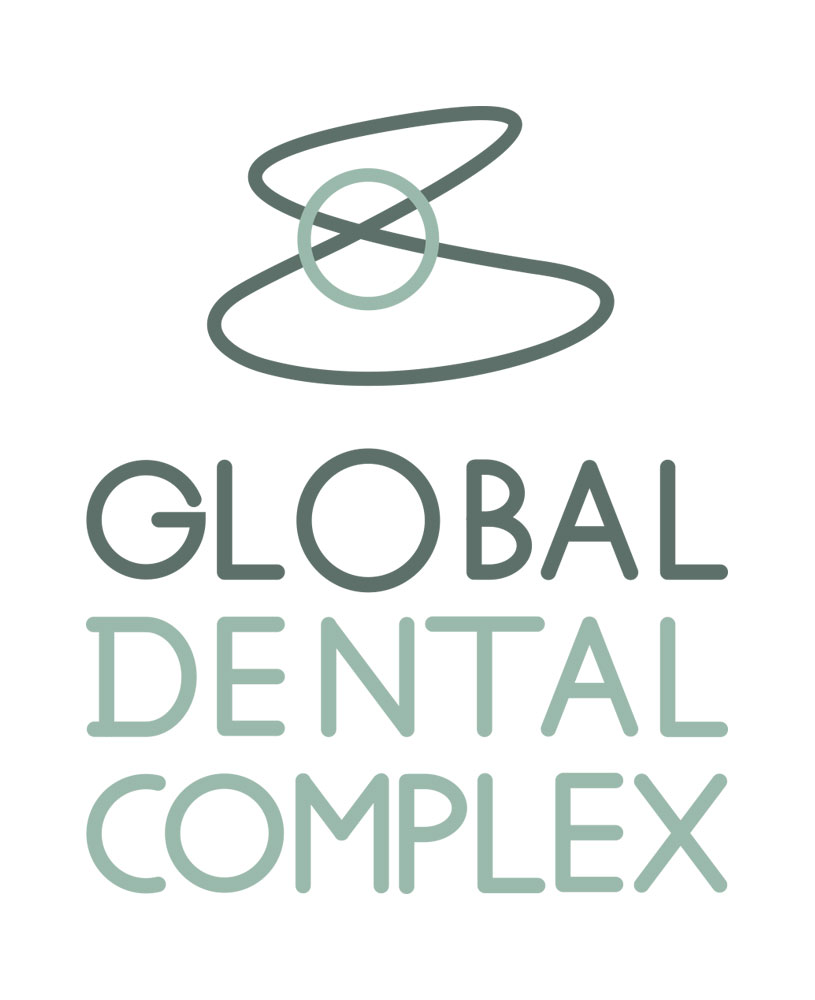Orthognathic surgery (jaw surgery) is the procedure to reposition the maxilla, mandible, or chin is the mainstay treatment for patients who are too old for growth modification and for dentofacial conditions that are too severe for either surgical or orthodontic camouflage.
Today’s orthognathic surgical treatment for dentofacial deformity consists of standard orthognathic procedures to correct jaw deformity, as well as adjunctive procedures to improve hard and soft tissue contours. These adjunctive procedures include an osseous versus alloplastic genioplasty, and suction lipectomy of the neck (plastic).
Orthognathic Surgery with orthodontics treatment has 2 techniques.
- Surgery First approach
- Conventional approach
- Surgery First approach
Surgery first is another treatment paradigm for the correction of dentomaxillofacial deformities. Introduction of the surgery-first (SF) approach to orthognathic surgical protocols has changed the treatment and management of patients with dentofacial skeletal deformities by eliminates the presurgical orthodontic treatment phase and thus allows for immediate skeletal and soft tissue imbalance resolution, followed by orthodontic tooth movement reduce the length of orthodontic treatment.
Surgery First mainly has 2 phases
- Pre-surgical orthodontic phase
- Surgery phase
- Post-surgical orthodontic phase (ortho)

2. Conventional Approach
Conventional Approach has 3 phases
- Presurgical ortho (Orthodontic first) : The goal of this treatment is the removal of dental compensation to reveal the true extent of skeletal deformity by orthodontic treatment . Teeth will be moved into the new position that has the corrected relationship with jaw. Treatment time for this phase is around 16-24 months for alter the teeth position before sending patient to have orthognathic surgery.
- Surgery phase (Jaw surgery)
- Postsurgical orthodontic phase : After surgery, orthodontist will refine the teeth detail again around 6 months.

In this technique, there are some limitations such as long duration of the treatment and worsening of patients profile during pre-surgical orthodontics which decrease patient’s compliance.
|
SF |
Conventional |
|
| Total treatment time | Shorter | Longer |
| Presurgical orthodontic tx time | –
(In some case might be need orthodontic treatment for 6 months before surgery) |
16-24 M |
| Stages involved | 2 stages
-Surgery -Postsurgical orthodontics |
3 stages
-Presurgical orthodontics -Surgery -Postsurgical orthodontics |
| Postsurgical orthodontic tx time | 6-12 M | 12-18 M |
| Facial improvement | Immediate af surgery | During Presurgical orthodontic phase, patient profile will be worsened. After presurgical orthodontic treatment, there is improvement of facial profile. |
| Expected surgery date | Anytime (more flexible) | Depend on presurgical orthodontic treatment |
| Periodontal Problem or caries | No or few | Yes, longer tx time induce oral health problem. |
Table is shown comparison between Surgery First approach and Conventional approach
- Surgery First reduce the total treatment time around 6-12 months. Moreover, teeth can be moved faster than the conventional approach.
- Surgery First : Facial profile improve immediately after surgery
- Patient can choose the surgery date anytime for surgery first while in conventional approach, patient has to wait orthodontist to move teeth in first phase.
- The most difficulty in Surgery first approach is to predict the final teeth position after finishing treatment combing the facial profile. This difficult part need experience orthodontist. Otherwise, the case can’t be finished.
If you require Jaw surgery in Bangkok, Thailand, or have questions regarding Orthognathic Surgery, contact Global Dental Complex today.

